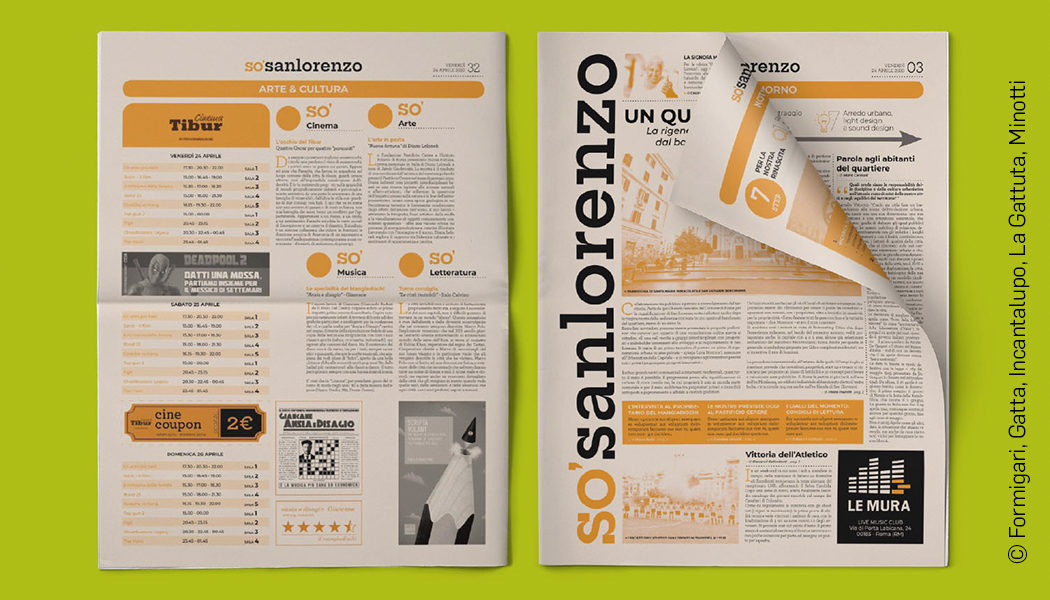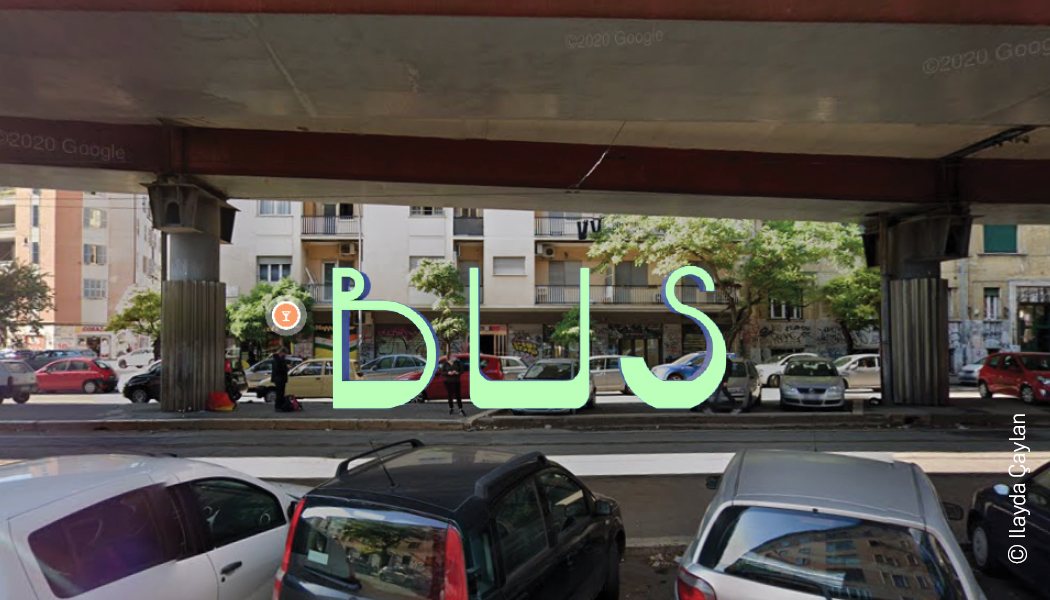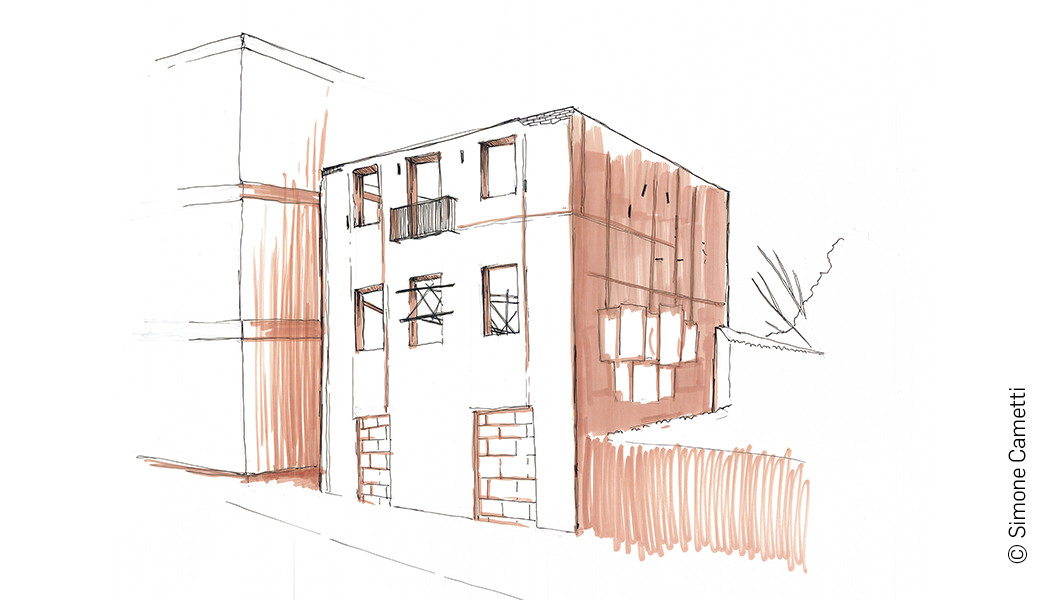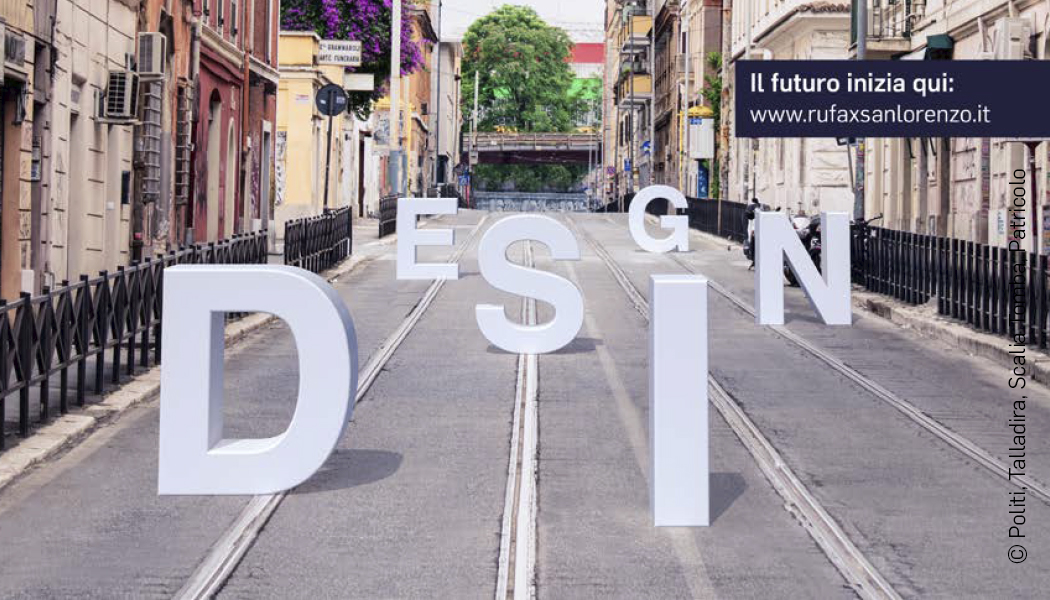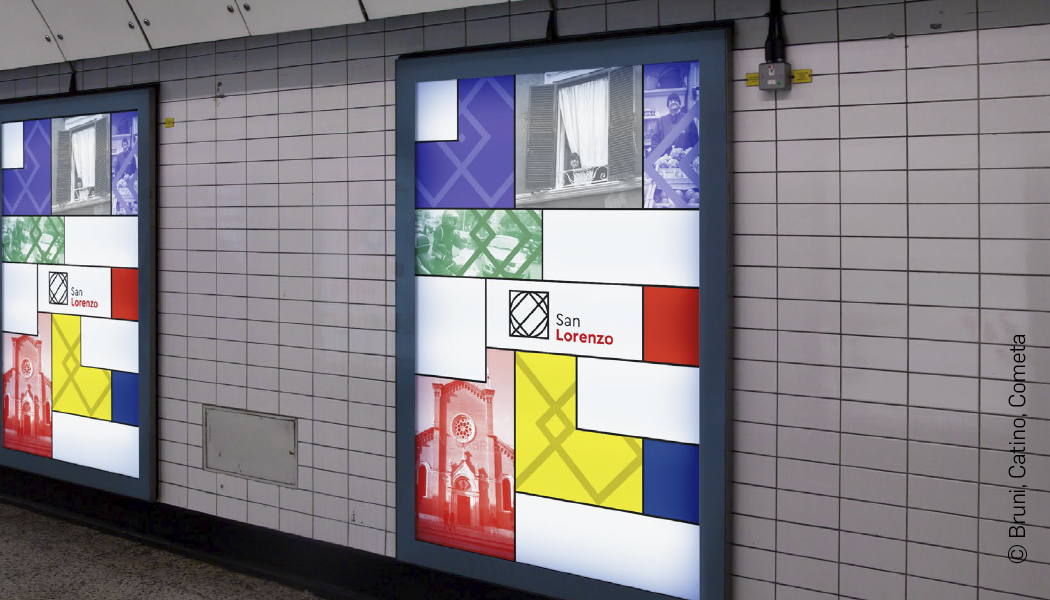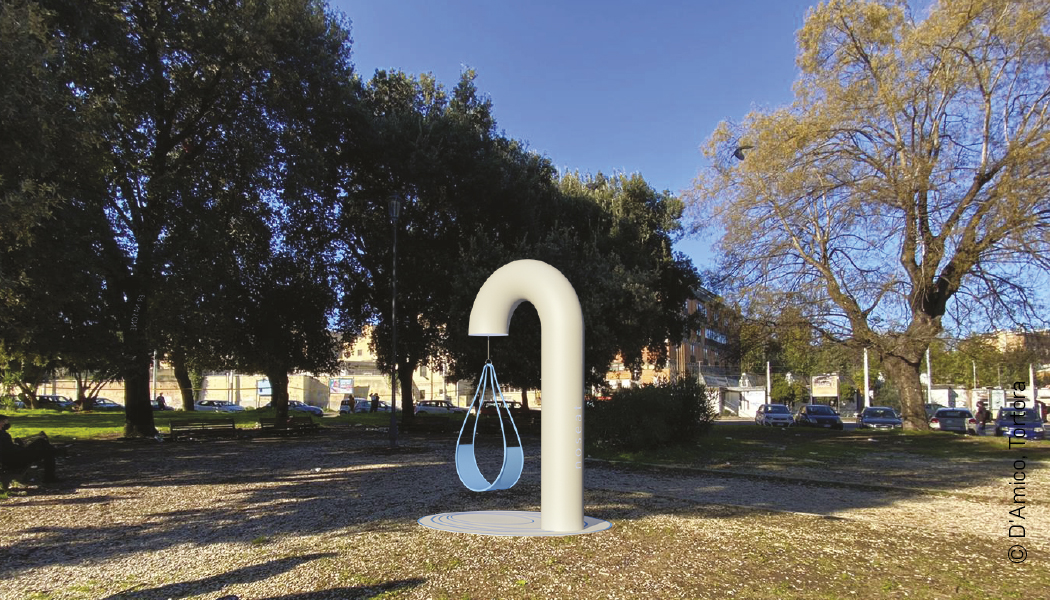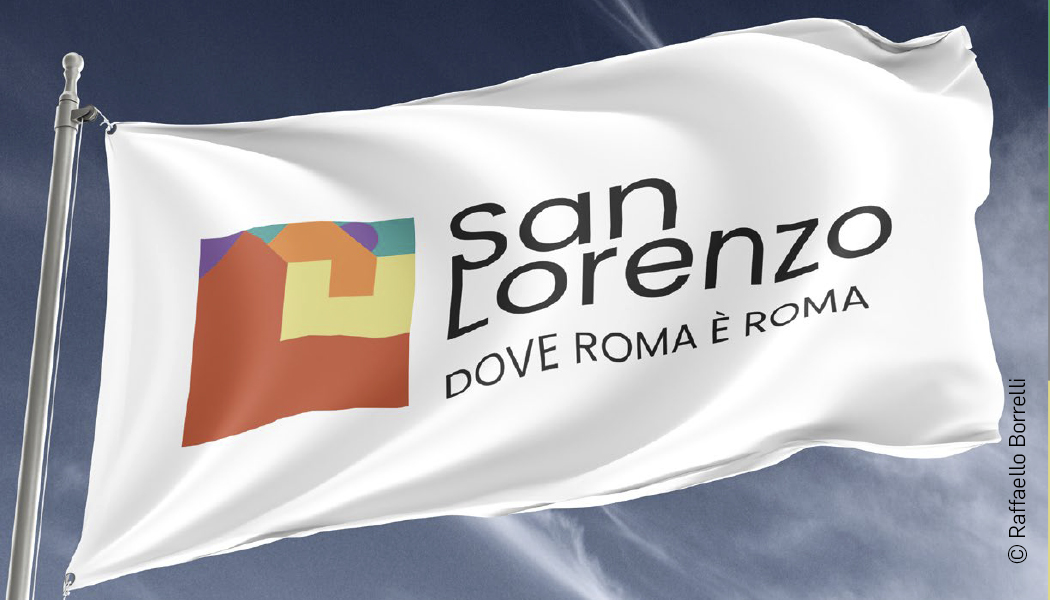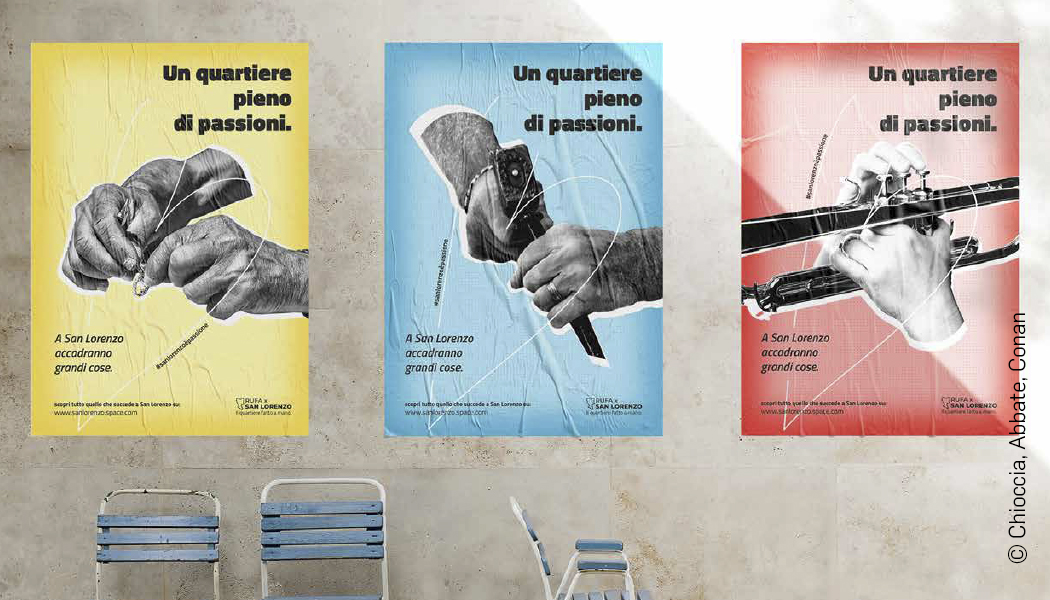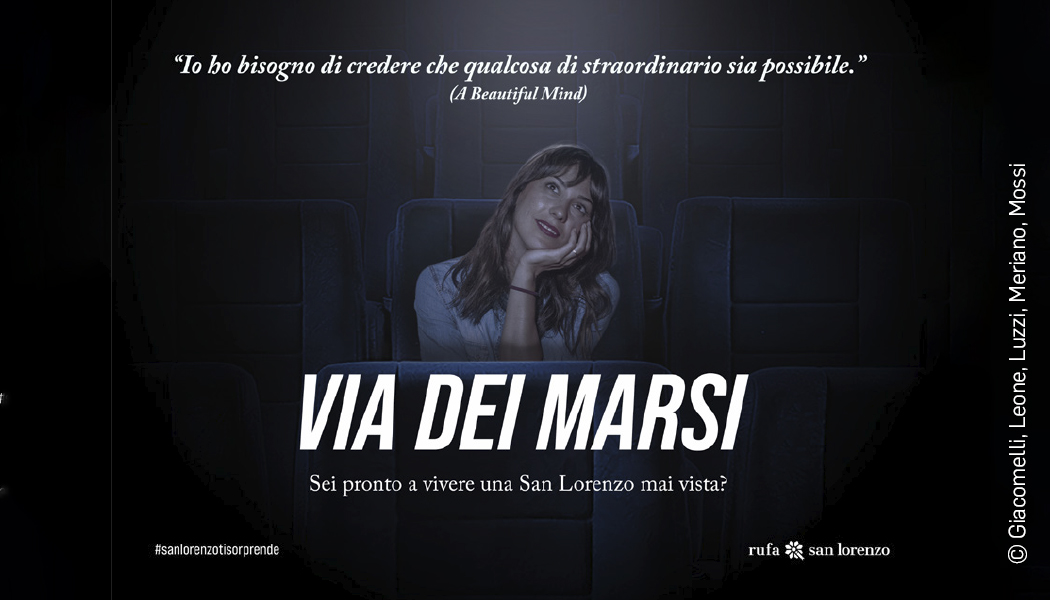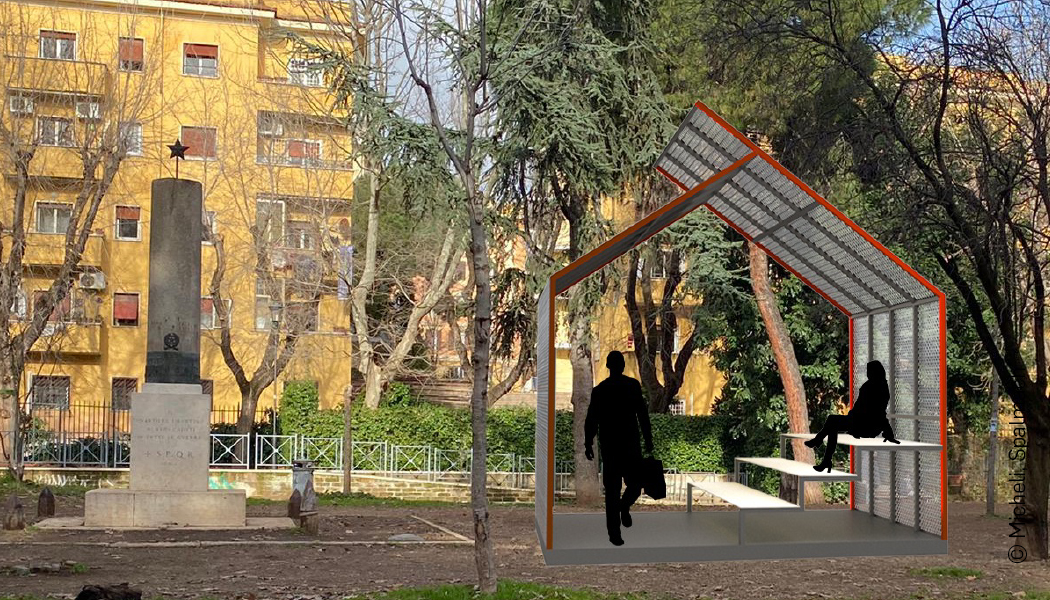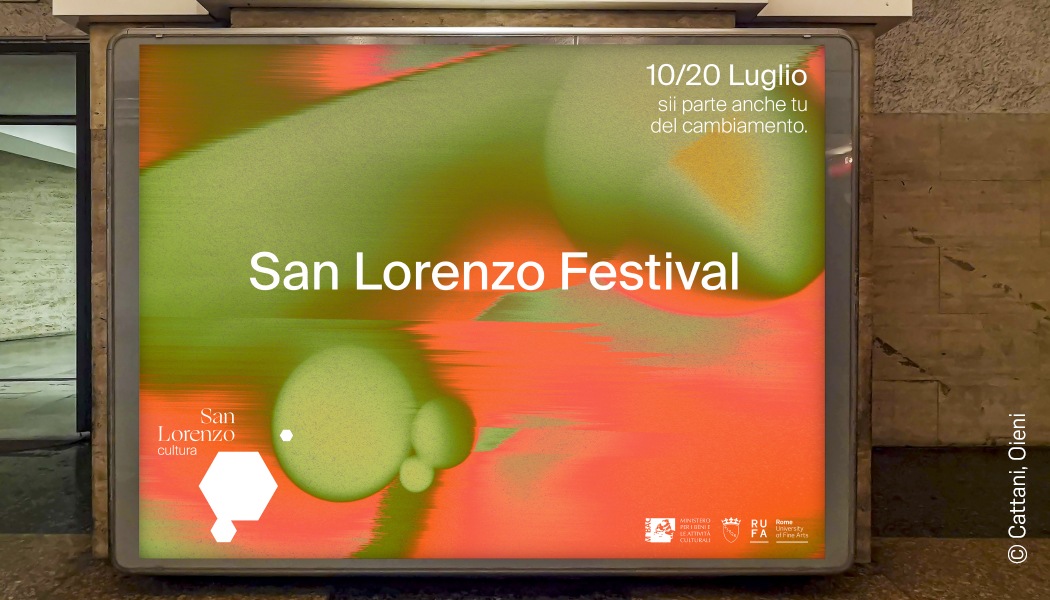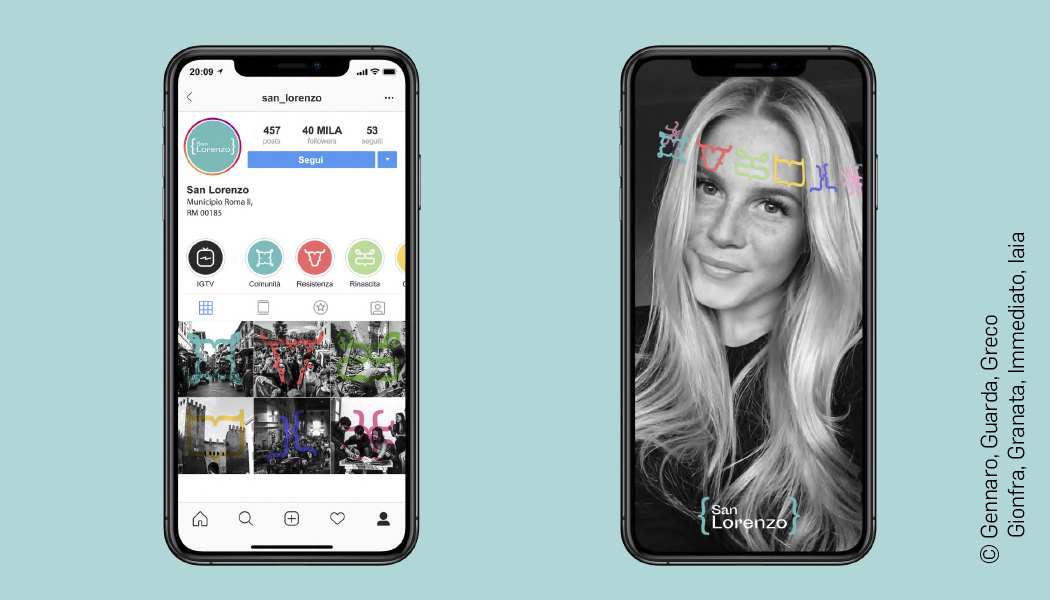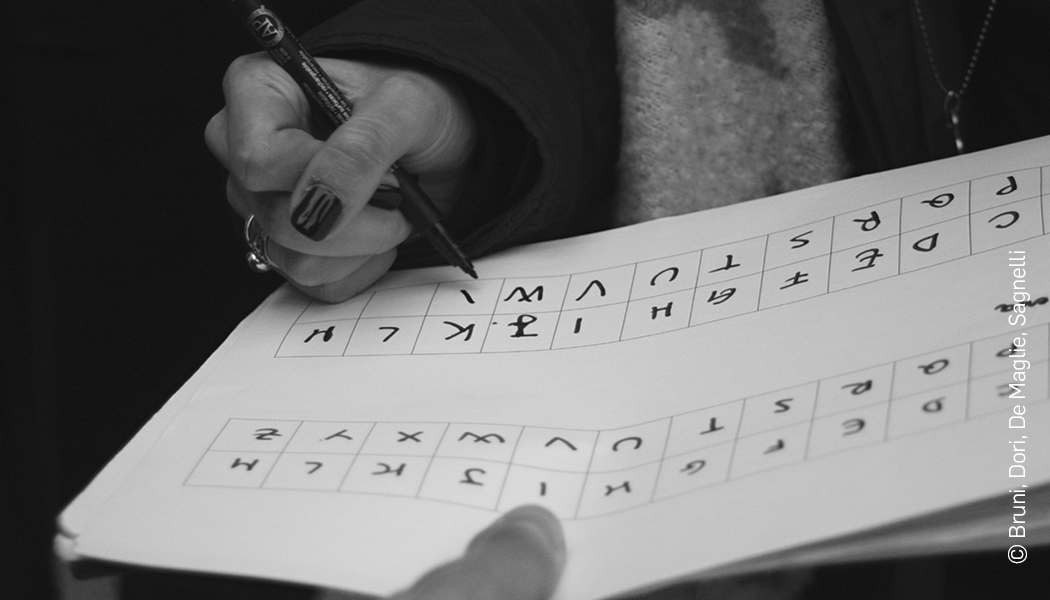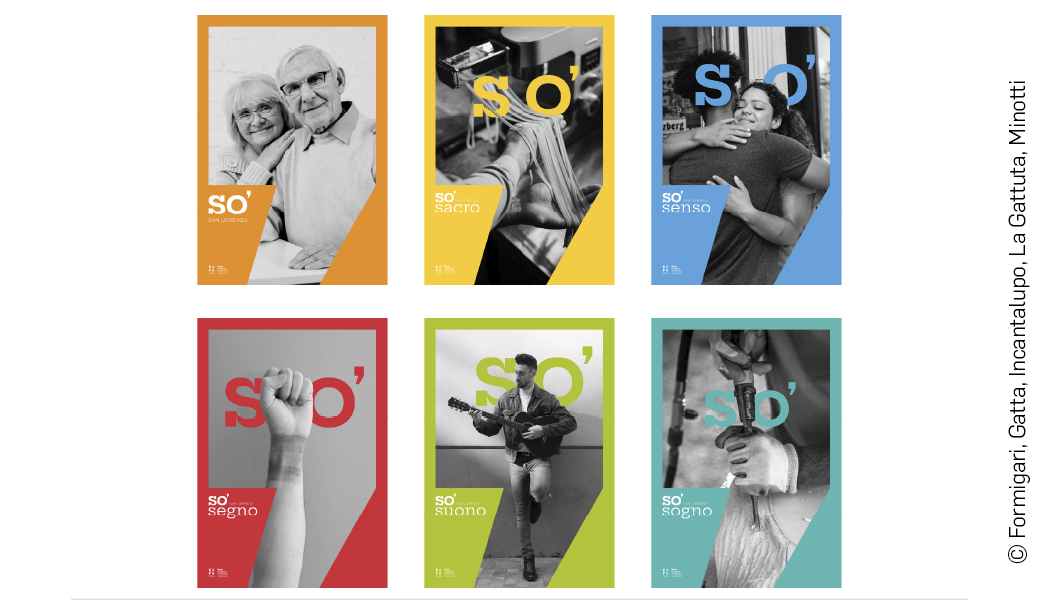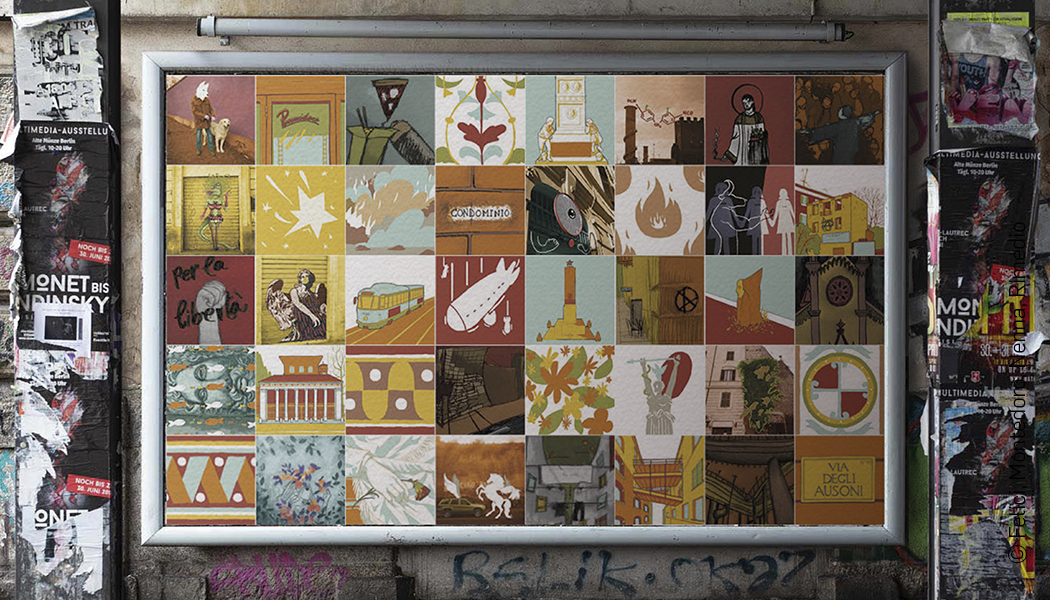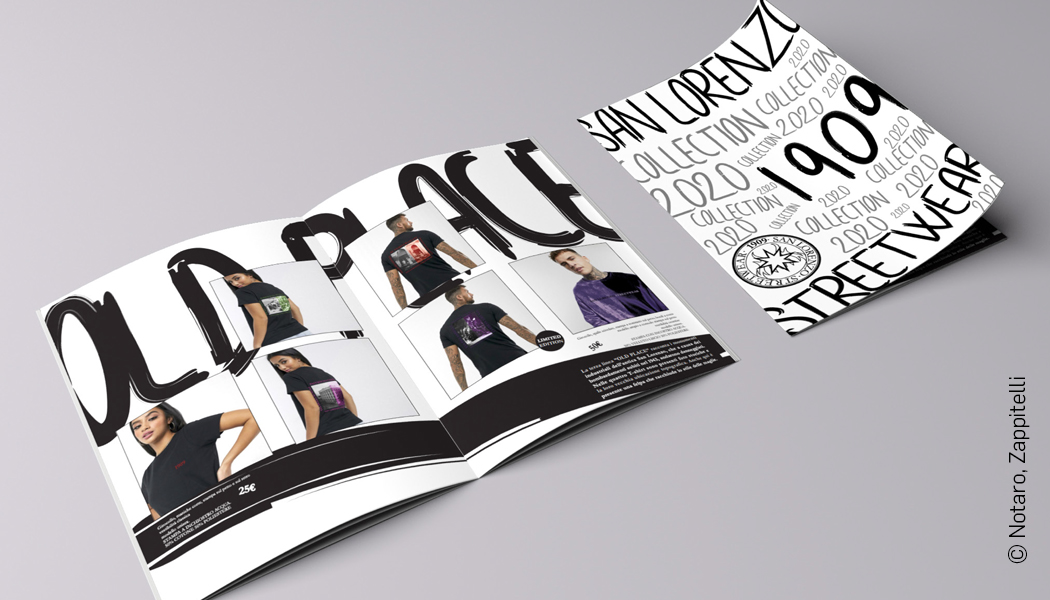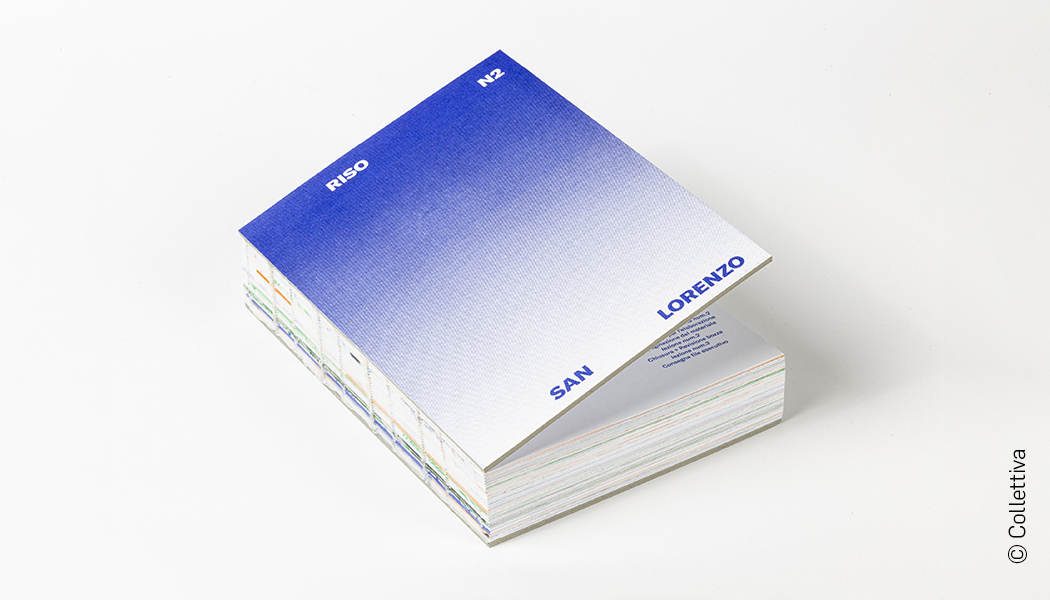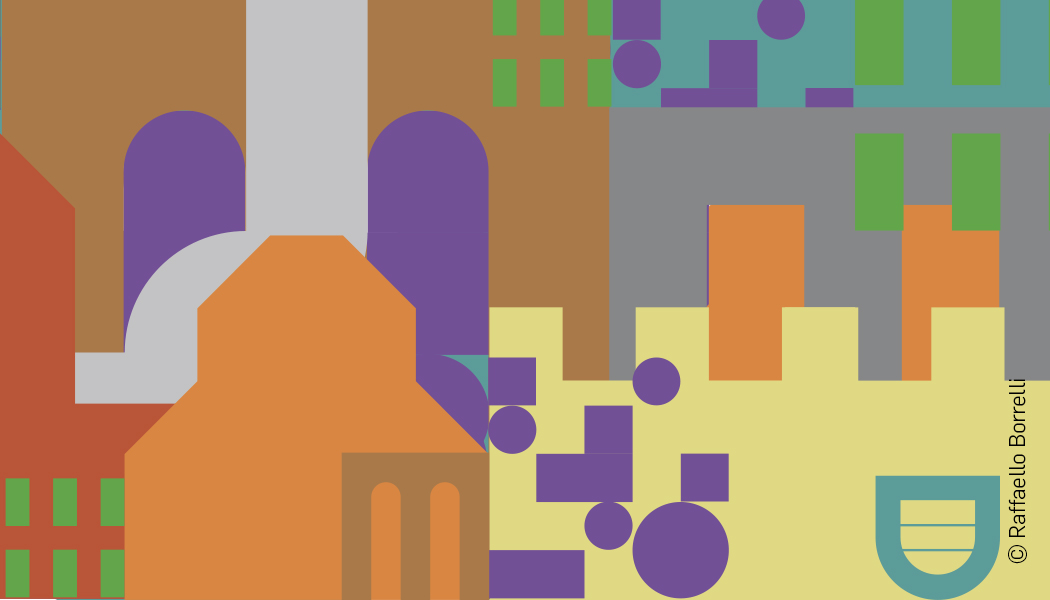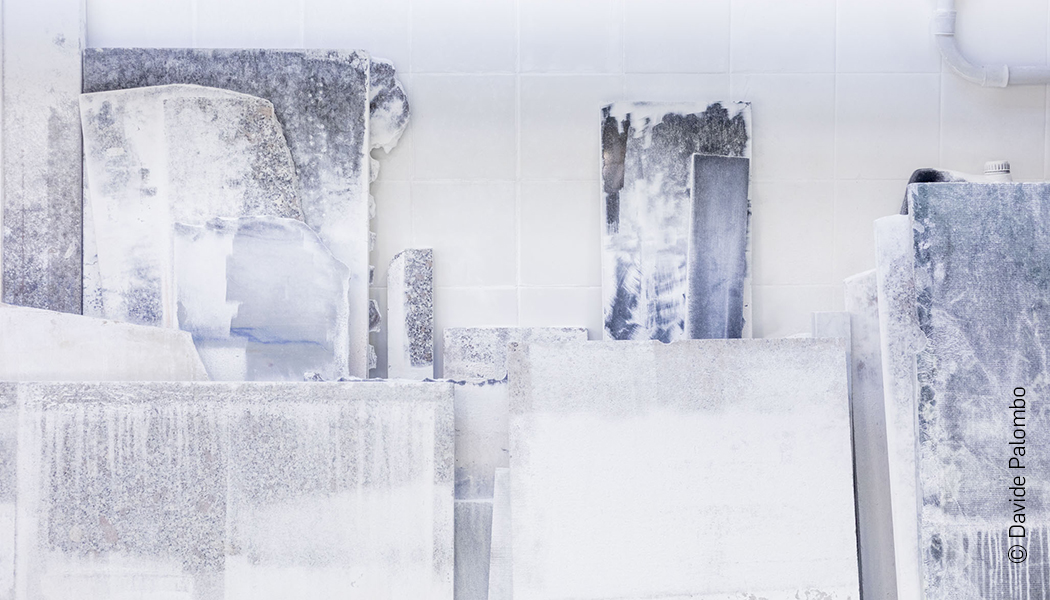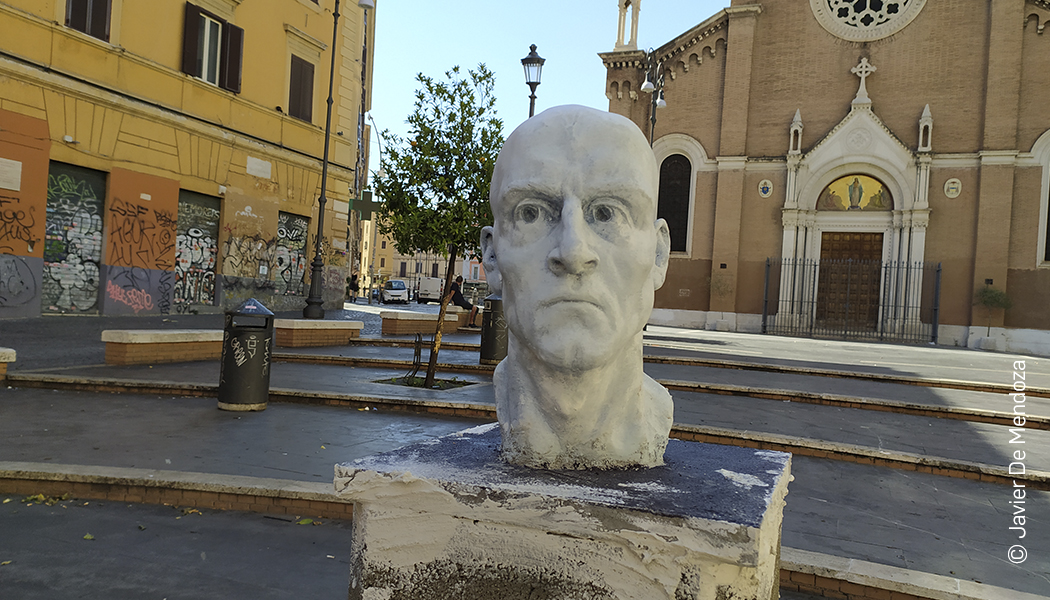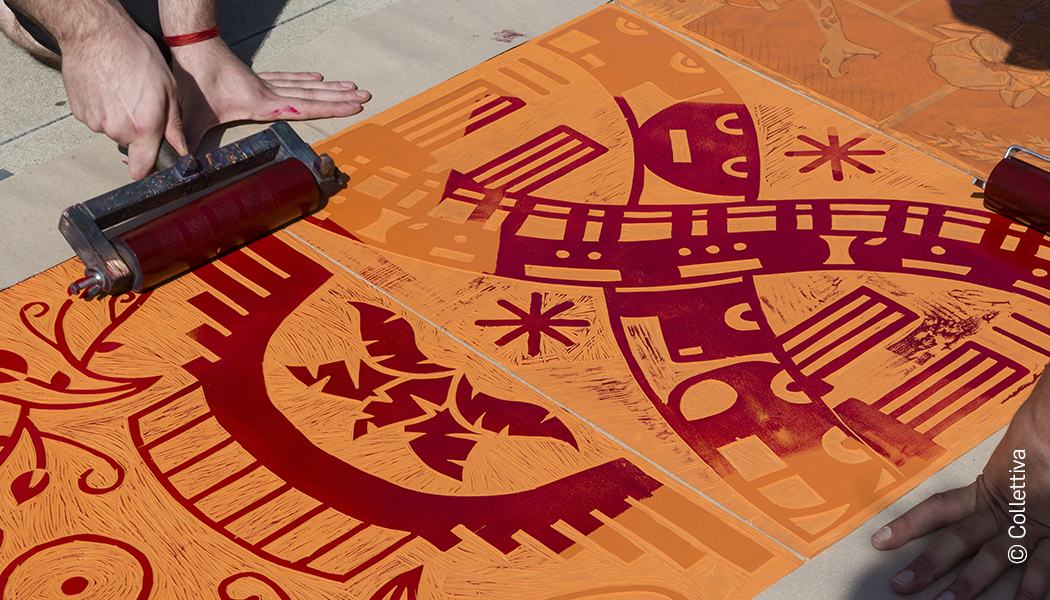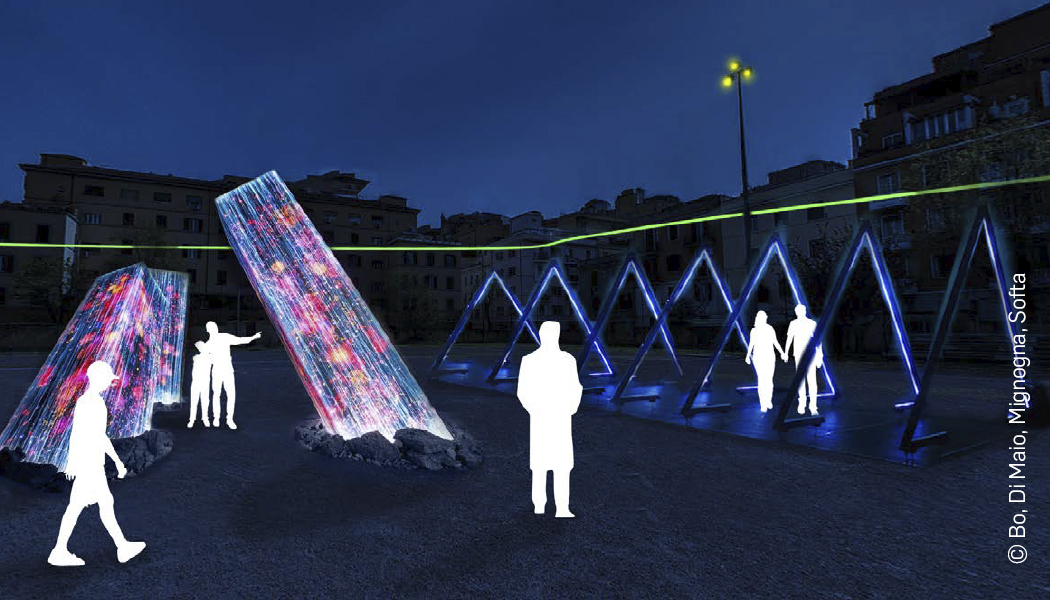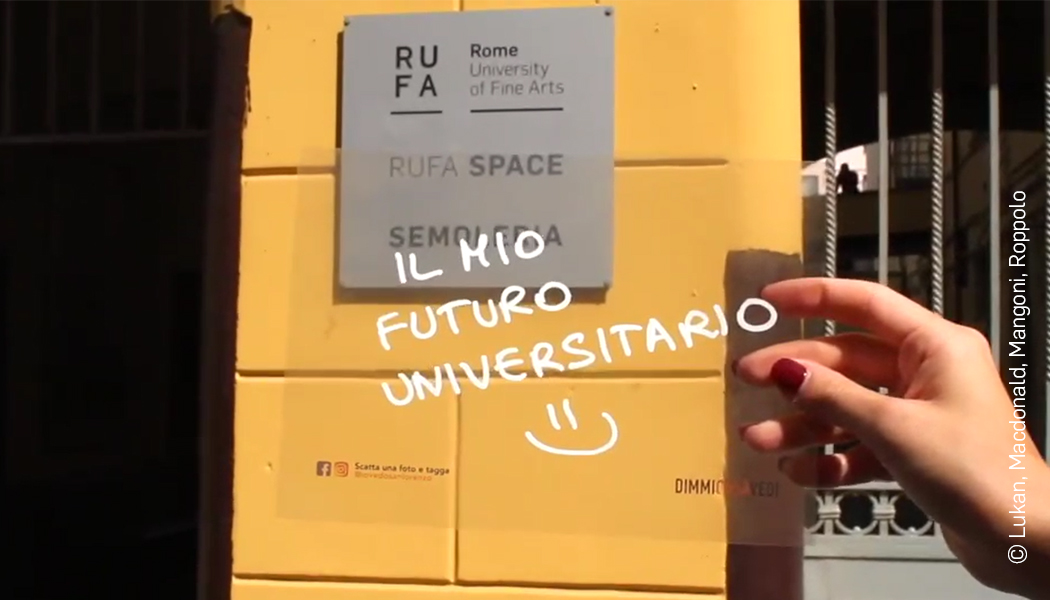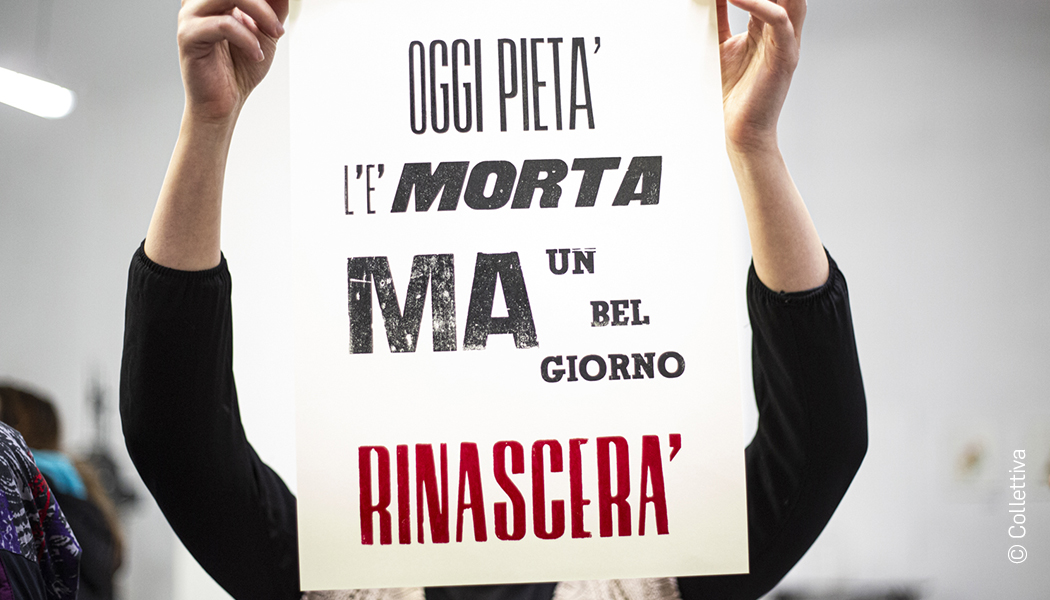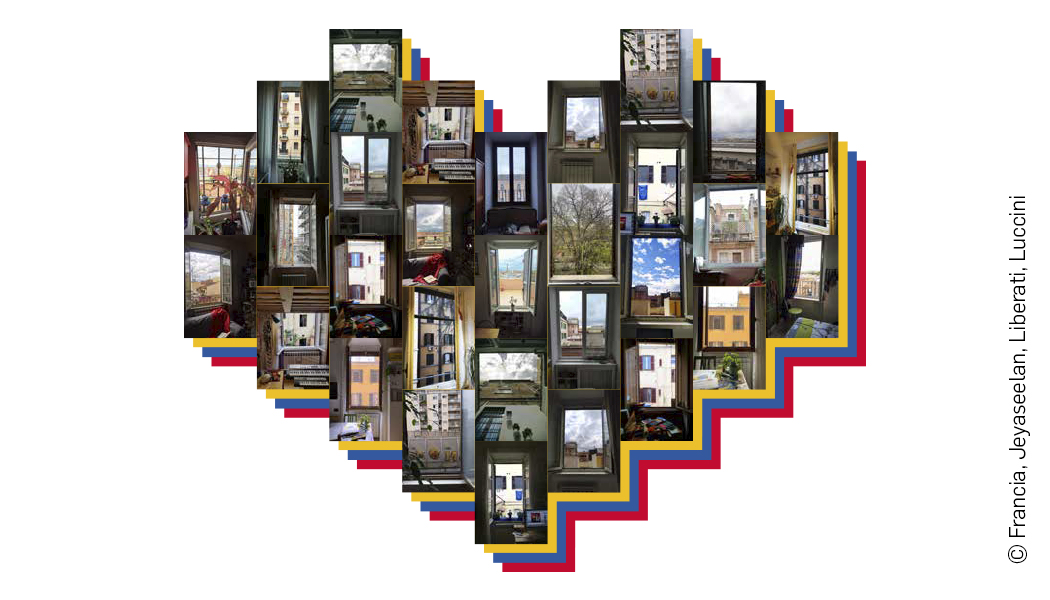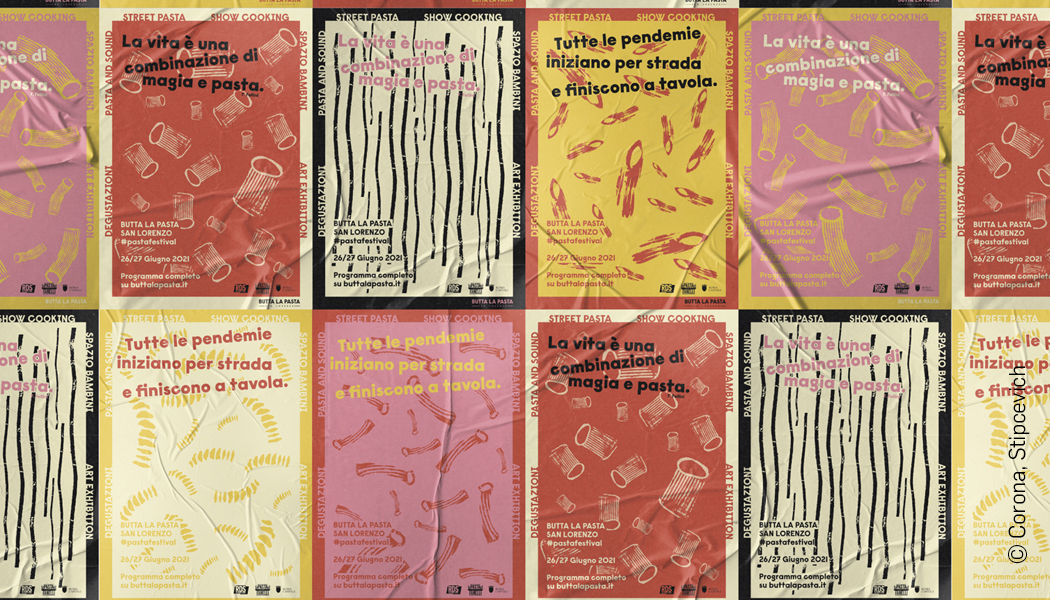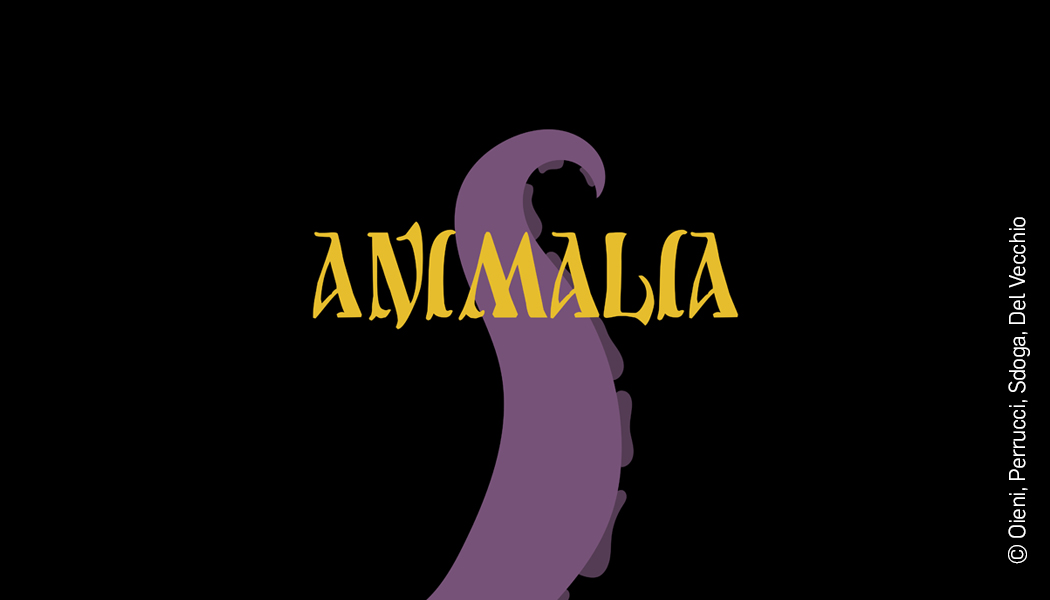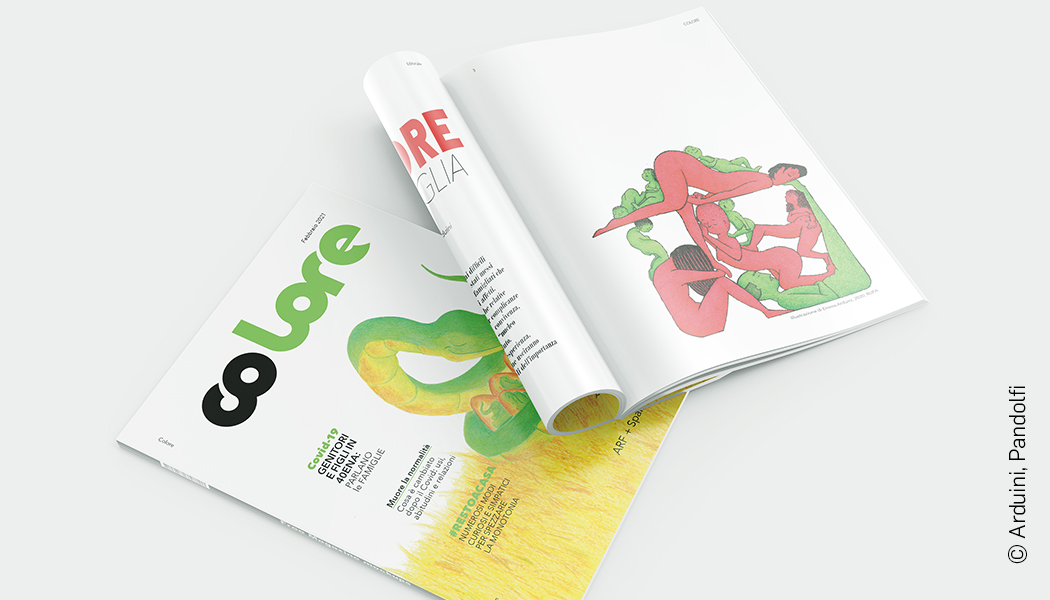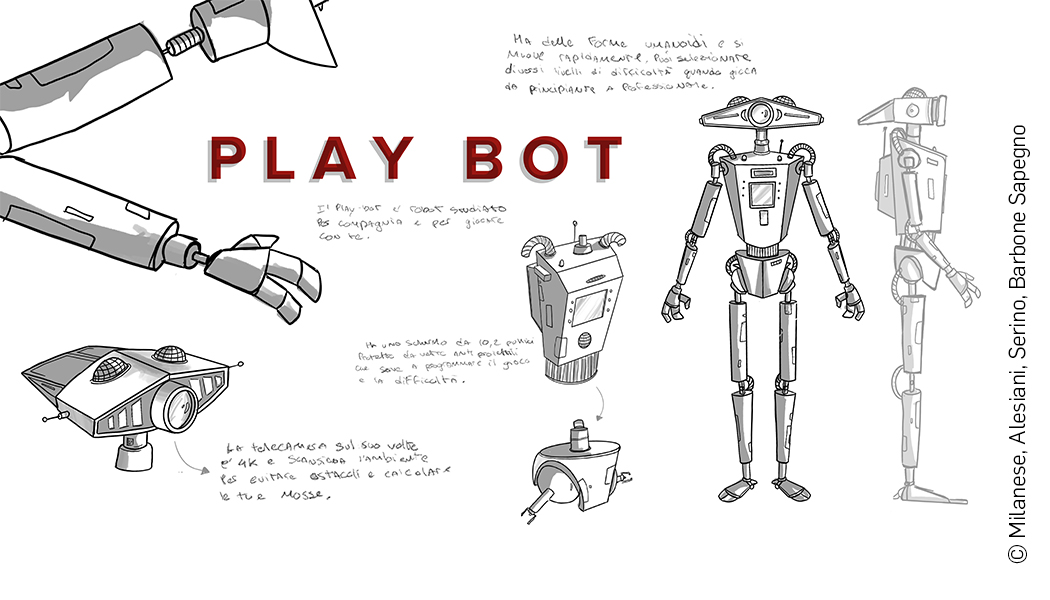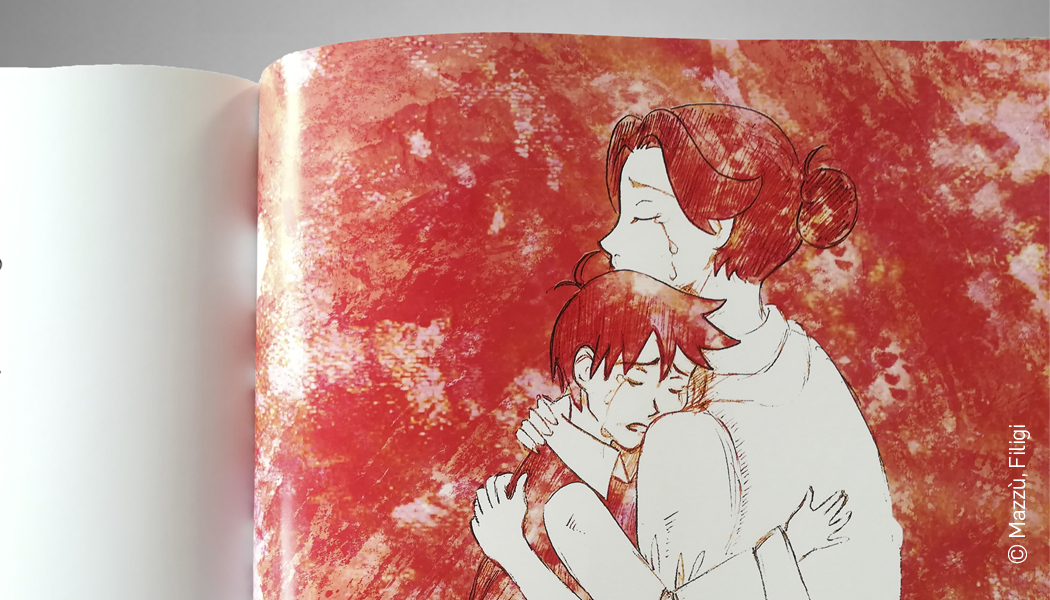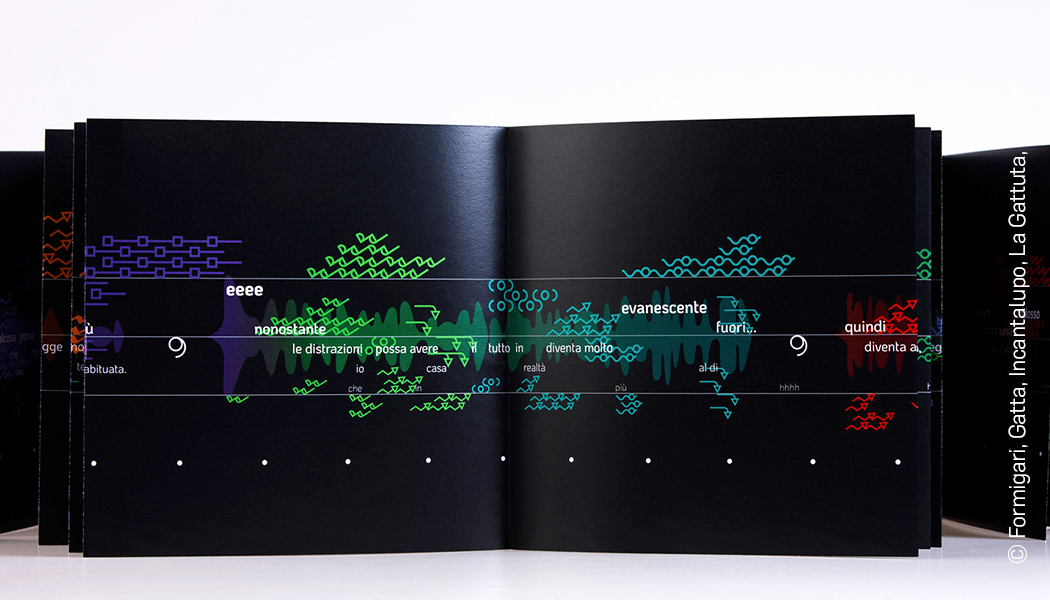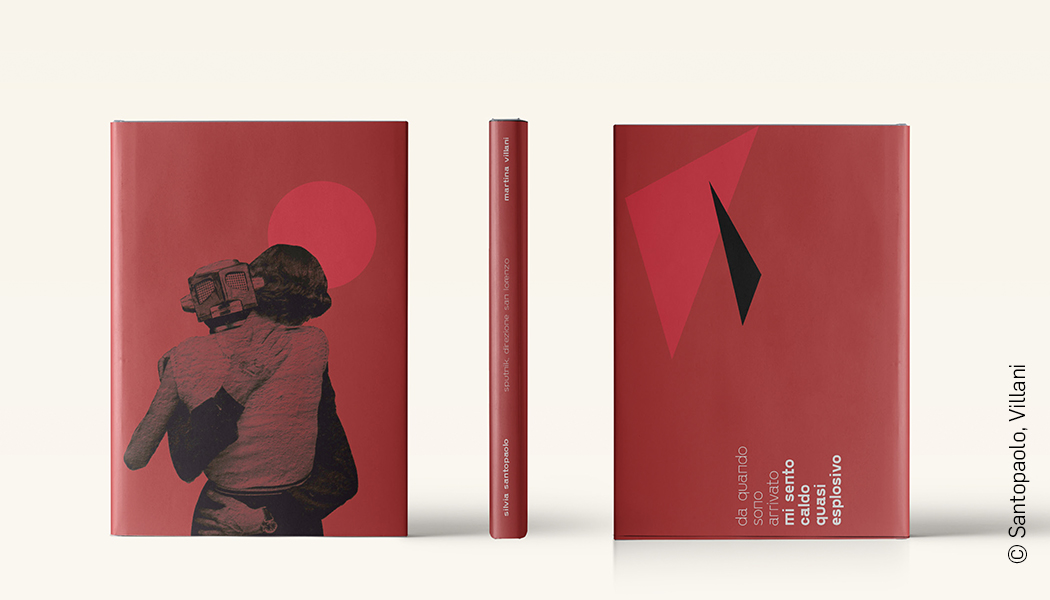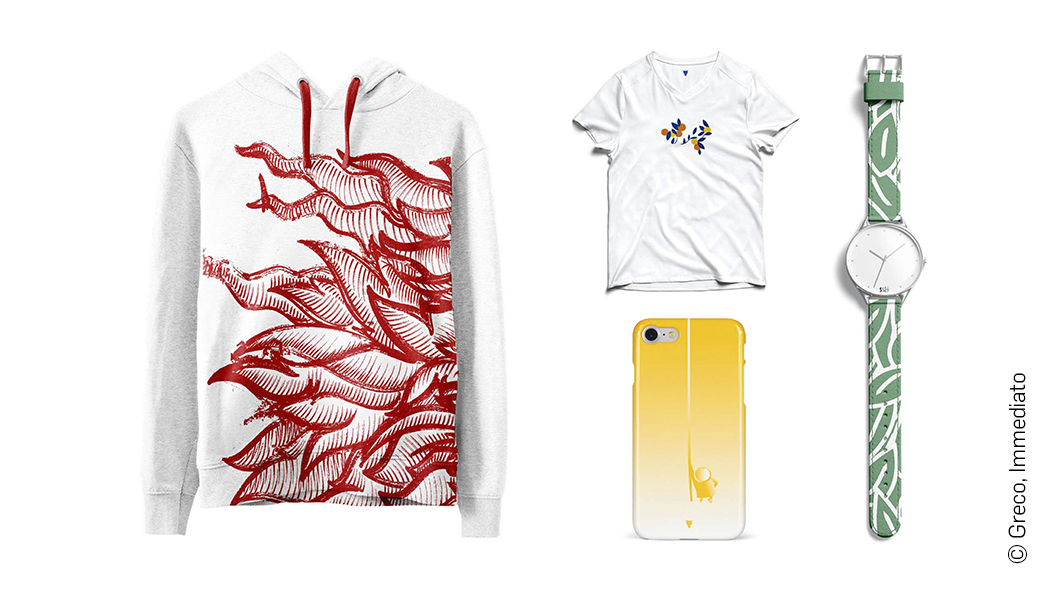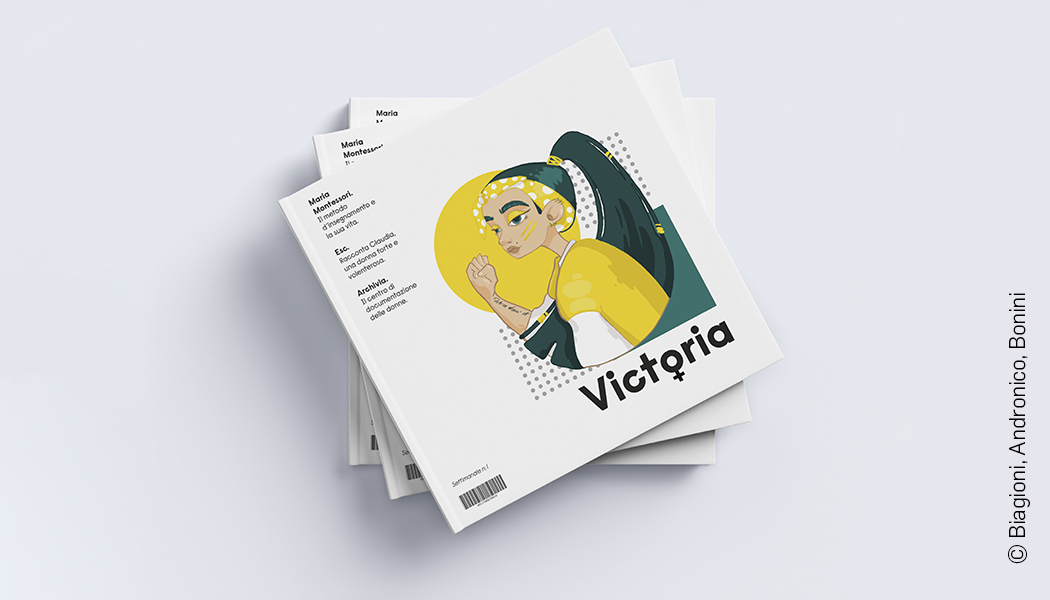San Lorenzo Cultural District
For the academic year 2019-2020, the year of Covid-19, our Plague of Thebes, RUFA has developed a project focused on the spatial visual identity – the place identity. RUFA is a community of more than a thousand students and over a hundred professors all involved in the fields of Art, Design, Communication and Media Art. As a consequence of such richness, it was felt the need to make the different study programmes communicate with each other, to contaminate each other and most of all to make their specific languages interact with each other. It was therefore conceived a design process meant to involve all the subjects taught at the Academy establishing the territory at its core, namely the San Lorenzo district.
The Project
In spatial co-design and within developed cultural districts, the local community is the real protagonist of the spatial development. The community of San Lorenzo district felt that the projects taht RUFA students have designed were their own too. The project was not about renovating the district appearance, but rather about imagining its future and explore – through collaborative practice and social innovation, namely user centered design – new forms of coexistence based on leisure, companies, environment, community association and district economy. Co-design meetings, informal gatherings, debates and arguments: this is the ground where the projects took action, where discussions took place on design identity, sustainable cultural productions, reuse of abandoned places, site-specific art, street art, App design, photo reportage, documentary videos, Wayfinding, Type design, Virtual reality, Video installation, Gaming, Web design and everything that such research process – as work in progress as ever – could promote.
Thus, students left their classrooms as much as the citizens left their homes, professionals left their studios, merchants left their shops, managers left their institutions to gather together and imagine their work place, their study place, the place where they live and the places to entertain themselves full of art and creativity, the only true engine of sustainable development for our cities. In this respect, the aim of the project has become the “right of the city”, for without citizens that live it, without the involvement of its community, without public spaces that are felt and enjoyed, the so-called “smart cities” make no sense at all.
Caereris Mundus
RUFA has a campus in San Lorenzo district, inside the premises of the former factory of Pastificio Cerere. Cerere – Ceres – was the ancient Roman goddess of grain crops and fertility who also was related to the underworld. For three days every year, in ancient Rome the “Caereris mundus”, namely a pit, opened and connected the land of the living with the underworld. The danger of such opening was not, as one could think on the basis of post-modern narrative, the invasion of zombies or vampires in the conquest of the city – meaning the contamination from the other that drives to immunisation and closure towards relation, – but rather the truer danger of being drawn to the underworld and, when any sense that make our existence a human existence is lost, enter that pit because drawn to the nothingness.
In this respect, Rome actually is a city of zombies, just like any smart city is a city of zombies, populated by living dead whose life is into the cloud, whose meaning is defined by data rather than by desires of their bodies.
And yet Romulus did not founded a city. He founded the city, starting from the Pomerium, from a concept, a utopian, sacred and symbolic place, full of meaning for the very reason that its centre was crossed by the axis mundi, that line that connected the starry sky to the centre of the earth. Among stars, gods, land of the living and underworld, that is where Rome was built.
Where the sacred is missing, where utopia is missing, no city can exist.
Partnership
This project will engage a series of European Fine Arts and Design Academies to allow the students to work on-site and build cultural districts together with the local communities, as outlined before. Thus, RUFA is willing to enter into a partnership with those European Academies that are interested in cooperate and apply together with our proposals to calls promoted by Creative Europe, the European Commission’s framework programme for support to the culture and creativity sectors.
STUDENTS’ PROJECTS




